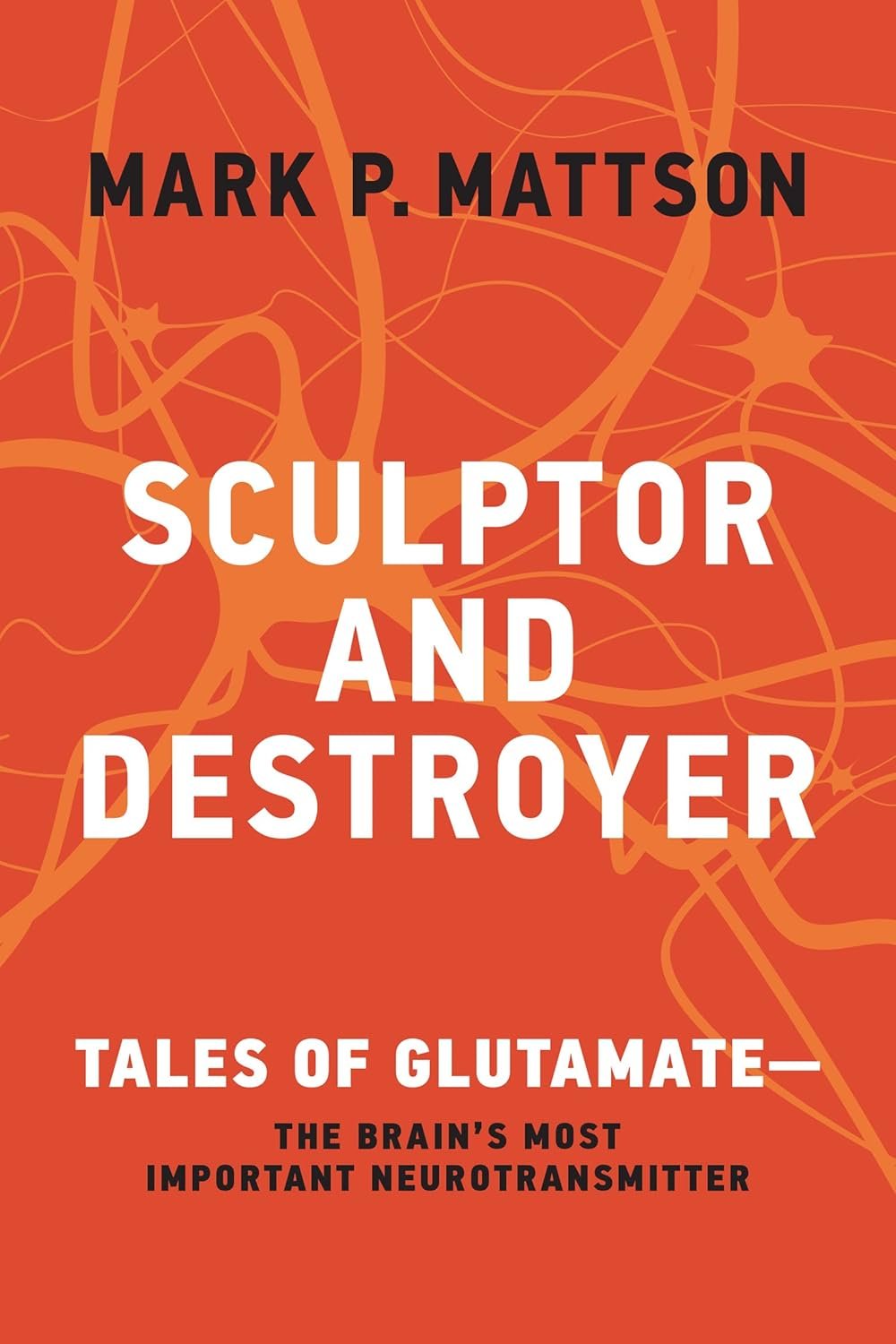-
THE INTERMITTENT FASTING REVOLUTION
Most of us eat three meals a day with a smattering of snacks because we think that’s the normal, healthy way to eat. This book shows why that’s not the case. The human body and brain evolved to function well in environments where food could be obtained only intermittently. When we look at the eating patterns of our distant ancestors, we can see that an intermittent fasting eating pattern is normal—and eating three meals a day is not. In The Intermittent Fasting Revolution, prominent neuroscientist Mark Mattson shows that intermittent fasting is not only normal but also good for us; it can enhance our ability to cope with stress by making cells more resilient. It also improves mental and physical performance and protects against aging and disease.
Intermittent fasting is not the latest fad diet; it doesn’t dictate food choice or quantity. It doesn’t make money for the pharmaceutical, processed food, or health care industries. Intermittent fasting is an eating pattern that includes frequent periods of time with little or negligible amounts of food. It is often accompanied by weight loss, but, Mattson says, studies show that its remarkable beneficial effects cannot be accounted for by weight loss alone.
Mattson—whose pioneering research uncovered the ways that the brain responds to fasting and exercise—explains how thriving while fasting became an evolutionary adaptation. He describes the specific ways that intermittent fasting slows aging; reduces the risk of diseases, including obesity, Alzheimer’s, and diabetes; and improves both brain and body performance. He also offers practical advice on adopting an intermittent fasting eating pattern as well as information for parents and physicians. -
SCULPTOR AND DESTROYER
Sculptor and Destroyer tells the story of a simple, little-known molecule that became a master architect and commander of the human brain: glutamate. Upward of 90 percent of the neurons in the human brain deploy glutamate as their neurotransmitter. Other neurotransmitters can only exert their effects on brain function by subtly modifying the ongoing activity of glutamatergic neurons, but during brain development glutamate controls the growth of dendrites and the formation of synapses. In this eye-opening book, Mark Mattson explains how the neurotransmitter glutamate controls the structure and function of neuronal networks in the brain, thereby mediating the brain’s capabilities, including learning and memory, creativity, and imagination.
Mattson also delves deeply into the dark side of glutamate, which he calls the “destroyer” side. He shows how relatively subtle aberrancies in the activity of neurons that deploy glutamate may result in behavioral disorders ranging from autism and schizophrenia to chronic anxiety and depression. More dramatically, he describes how glutamate can excite neurons to death, a process that occurs in epilepsy and stroke and, perhaps even more insidiously, in Alzheimer’s disease, Parkinson’s disease, ALS, and Huntington’s disease. Sculptor and Destroyer concludes with a perspective on how knowledge of glutamate’s roles in neuroplasticity might be applied to the optimization of brain health throughout our lives.
Written inengaging, approachable prose, Sculptor and Destroyer will be of interest to anyone in the fields of neuroscience, neurology, psychiatry, and psychology, as well as to anyone with a curiosity about the human brain.

